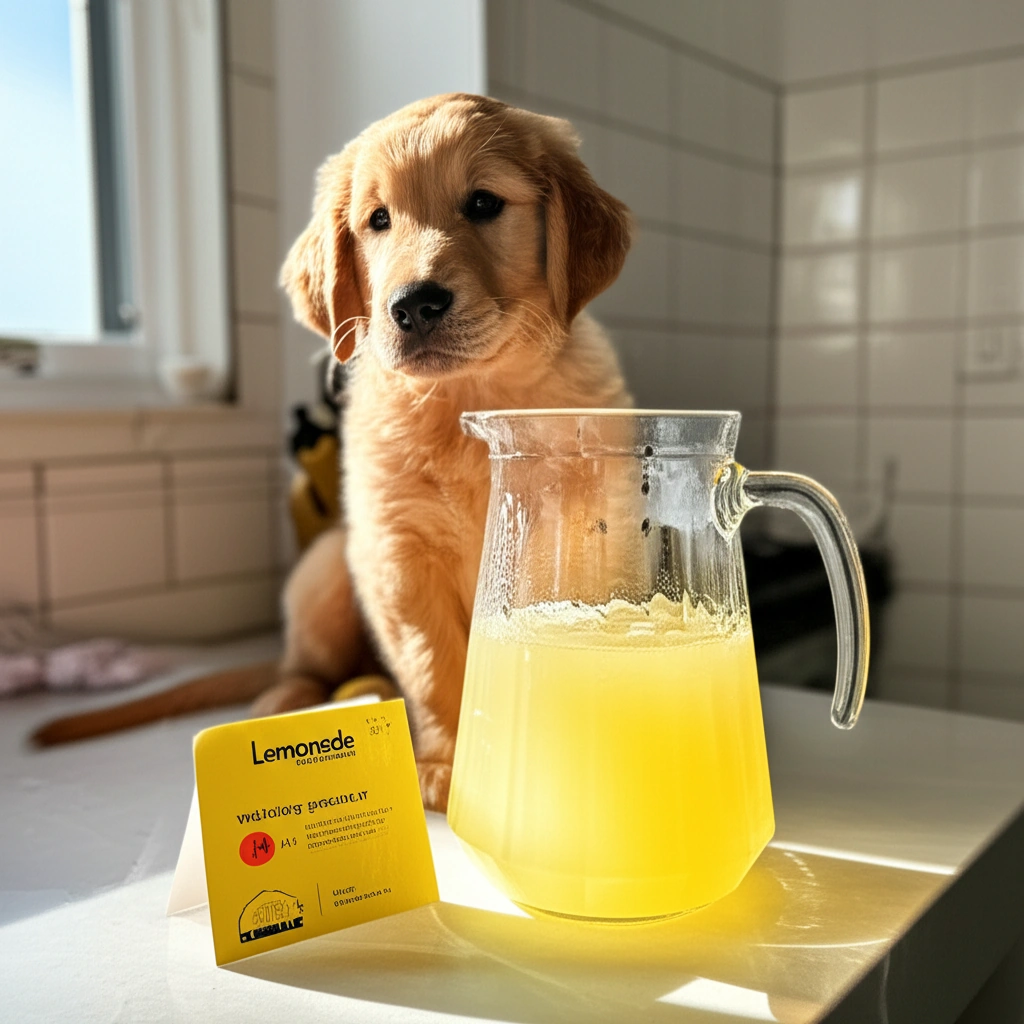Quick answer: Lemonade often starts accident coverage almost immediately (commonly 2 days or even same‑day in some states), but illnesses usually have a 14‑day waiting period and orthopedic issues can take longer — sometimes 30, 180 days, or more depending on where you live. If you’re trying to figure out whether a vet visit next week will be covered, this is the single most important thing to check.
Why I care (and why you should too): waiting periods are the reason some claims get paid and others don’t, even when the timing feels unfair. I’ll walk you through the details, real‑world examples, and practical steps you can take right now so you don’t get surprised at the checkout counter.
At A Glance
Here’s a simple snapshot so you don’t have to hunt through policy PDFs right away:
| Coverage Type | Typical Lemonade Wait | Notes |
|---|---|---|
| Accidents | Often 2 days (some states 0–2) | Fast — many owners find accident claims covered quickly |
| Illnesses | Usually 14 days | Standard across many states — applies to most new illnesses |
| Orthopedic / Cruciate / Hip | Varies: 30 days to 6 months (state dependent) | Can be long in certain states; check state rules |
| Wellness / Preventive | Often immediate (1 day) if added | Wellness add‑ons usually kick in right away |
Why Waiting Periods Exist
It’s tempting to think the insurer is being stingy, but waiting periods are a practical control. Think of them as a speed bump that prevents someone from buying a policy the day before a big surgery and then dropping it. That protection helps keep premiums lower for everyone in the pool.
That said — from your side — a wait can feel harsh. If your cat sneezes one afternoon and you sign up the next morning, the insurer may view some follow‑up costs as related to a condition that began before coverage actually applied. That’s the crux of many denied claims.
How Waiting Periods Work
You’ll want to know two simple rules:
- The waiting clock starts on your policy’s effective date (sometimes the day after purchase).
- Insurers usually compare the date of treatment or diagnosis to the waiting period window; if treatment happens before the waiting period ends, that claim can be denied.
So, if your policy’s effective date is July 1 and there’s a 14‑day illness wait, an illness treated on July 10 is typically not covered. But an accident on July 3 might be covered if your accident wait is 2 days.
State And Plan Differences
Here’s the trickiest part: waiting periods aren’t always the same across states or plan options. Lemonade’s core guidelines apply broadly, but they sometimes vary orthopedics waits by state — which is why you’ll see reports of 30 days in some places and up to 180 days in others.
Also, wellness add‑ons often work differently: many providers (including Lemonade) allow preventive care benefits to kick in immediately or within one day. So if you want to cover vaccines and checkups quickly, adding a wellness package can be useful.
Common Questions People Ask
Let’s answer the ones that usually pop up in searches and make the most difference.
How soon does Lemonade pet insurance take effect?
Short answer: Accident coverage often starts within 0–2 days; illness coverage commonly starts at 14 days; orthopedic coverage varies by state and can be much longer. Always check the effective date on your policy paperwork.
Will Lemonade cover an injury that happened the day I bought the policy?
Probably not. If the injury or its symptoms occurred before the waiting period ended, the insurer may treat it as pre‑existing or ineligible. That’s why buying sooner — before any problem appears — is such a good idea.
Can I skip or shorten the wait?
Sometimes. Rare promotions or proof of continuous prior coverage can lead to exceptions, but these are not guaranteed. Ask customer service if you think your situation might qualify.
How do I know when I can file a claim?
You can file a claim at any time, but eligibility depends on the date of treatment and the waiting period. Filing early won’t hurt, but if the treatment happened during the waiting period, the claim may be denied.
How To Avoid Claim Surprises (Practical Steps)
Okay, here’s the part that actually helps: simple steps you can take today to reduce stress and increase the chance claims get paid.
- Buy early: don’t wait until there’s a suspicious lump or limping — enroll when your pet is healthy.
- Get a vet exam and current medical records now — stores a recent baseline that’s useful if questions arise.
- Read your policy: find the effective date, and highlight accident, illness, and orthopedic wait clauses.
- Add wellness if you want routine care covered immediately — many wellness add‑ons have short or no waits.
- Document everything at the vet: dates, diagnoses, and clear notes. Exact dates matter a lot for claims.
If you want to call Lemonade directly to confirm specifics for your state, you can find the lemonade pet insurance phone number and ask about state‑specific orthopedics waits — it’s honest and saves headaches.
Real‑World Experiences (What Happens In Practice)
Real quick: a friend of mine enrolled her dog right after getting a new puppy. Two weeks later, the pup jumped off a couch and broke a toe. Because accident coverage kicked in within a couple of days, Lemonade covered the vet bill. Relief all around.
Contrast that with another case where a dog had a subtle limp a week after enrollment. Surgery months later was denied for being related to an orthopedic condition that fell inside the orthopedic waiting period. It didn’t feel fair to the owner, but it was exactly what the policy language said.
These stories are why reading the fine print and documenting symptoms early is so important. They also explain why some people look for reviews — like lemonade pet insurance reviews or lemonade pet insurance google reviews — to see how others’ claims were handled.
Comparing Lemonade To Other Providers
If you’re shopping, waiting periods are one of the biggest factors to compare — alongside cost, reimbursement rate, and annual limits. For example, spot pet insurance is often compared to Lemonade because both offer accident‑and‑illness plans, but their waiting periods and policy nuances differ.
Here’s a quick comparison idea for the full article: show accident wait, illness wait, orthopedic wait, and wellness start. That table helps readers make direct choices based on the timing of coverage they need.
What To Do If A Claim Is Denied
First, take a breath. A denial isn’t always the end. Here’s a step‑by‑step approach to appeal and clarify:
- Read the denial letter carefully — it should state exactly why the claim was denied.
- Check your policy’s waiting‑period clauses and the dates of treatment/diagnosis.
- Gather supporting documents: vet records, date‑stamped invoices, and any prior exam notes.
- Ask your vet for a short letter explaining the timeline and whether symptoms began before or after your policy’s effective date.
- Submit an appeal with the new documents and a clear timeline.
- If needed, escalate to your state insurance regulator or a consumer protection agency — only after trying internal appeals.
People also sometimes search for “lemonade pet insurance reviews complaints” when they’re dealing with a denial. Reviews can help spot patterns, but always cross‑check against your own policy language and the facts of your claim.
Practical Buying Checklist
Before you hit “buy,” run through this checklist aloud or jot it down:
- Policy effective date — when does the clock start?
- Accident wait — how soon are injuries covered?
- Illness wait — is it 14 days or something else?
- Orthopedic wait — state specific? How long?
- Wellness add‑on timing — immediate or delayed?
- Claim filing window — how long after treatment can you submit?
- Exclusions — pre‑existing conditions, bilateral conditions, breed exclusions?
- Customer service options — phone, app, chat (try the lemonade pet insurance phone number if you need specifics).
Final Thoughts
Here’s the bottom line: Lemonade’s waiting periods are generally pet‑owner friendly for accidents and standard for illnesses, but orthopedics are the wildcard. Buying early, adding wellness if you want immediate routine coverage, and keeping up‑to‑date vet records are the three best ways to avoid nasty surprises.
If you’re comparing options, don’t focus only on price. Look at waiting periods, exclusions, and the speed of claim payments. People search “lemonade pet insurance reviews,” “lemonade pet insurance google reviews,” and even “lemonade pet insurance reviews complaints” because real‑life experiences help make sense of policy language. Use reviews for patterns, but verify with the policy and a quick call to customer service.
Curious about alternatives? Check how spot pet insurance stacks up on waiting periods and coverage — it might suit pets with higher orthopedic risk or certain breeds.
Alright — that’s the practical, no‑fluff guide to Lemonade pet insurance waiting periods. What do you think — does your pet’s timeline match what you need? If you want help locating the exact waiting period in your state or reading your policy, tell me the state and a bit about your pet and I’ll help you sort it out.









